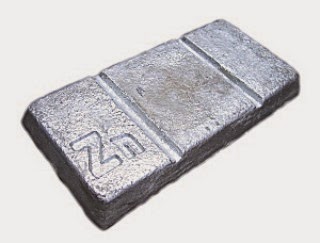After hitting a fresh 5-year low in March, lead prices have risen 18% within the last four weeks. This price increase might seem impressive, but we need to remember that this type of bounce is normal after sharp price declines. We can see this happening with copper prices as well.
Most analysts argue that fundamentals are set to tighten and that should make prices rise.
Unconventional Market Movement
However, that’s what they said a year ago (good thing we didn’t) and prices are now well below last year’s levels. The market is expected to move into a deficit of around 100,000 metric tons this year as supply shrinks and demand (sort of) improves.
They might be right, however, as it’s always hard to tell what has already been discounted in the price. What we CAN tell you is that commodities continue to fall, driven by a strong dollar and low oil prices. This is having a depressing effect on industrial metals and most of them are at or near record lows.
Lead Outlook
We believe that this recent bounce in lead prices occurred because the metal needed time to digest a sharp decline, not because lead prices are set to increase.
The metal remains in a falling market and so do the rest of industrial metals. We believe that lead would need a real catalyst to inject upside momentum and trigger prices to climb above 2014 levels. In the meantime, we can’t expect this rally to last too long in the face of a bearish commodity market.
Source: MetalMiner







